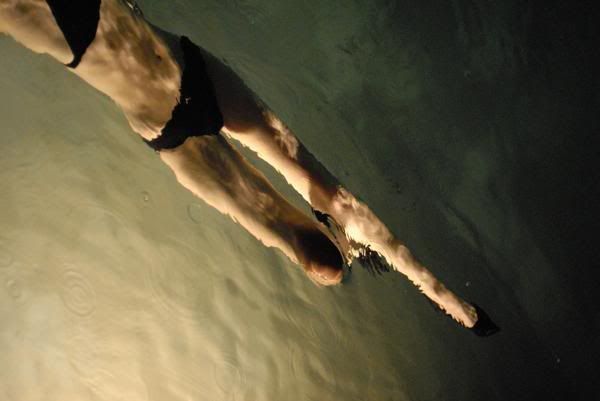Two days ago I had my fifth weekly pelvic floor therapy appointment "Amy" at my doctor's office. The biofeedback showed no improvement in my spasms/minute. I met with the doctor afterward (I meet with her every fifth or sixth appointment to touch base on treatment). She could tell I was disappointed with seeing no improvement, especially since I am now doing the electronic stimulation/biofeedback at her office once a week and physical therapy three times a week. She reminded me that it took my body years and years to get to this point, and it will take a while for it to "unwind." I also expressed frustration on the limited amount of information available on Levator Ani Spasms online and told her that my friend Laura went to the NYU medical library to see what she could learn and only found one article about it. She reminded me that this problem also goes by several other names and that I might find more info under "pelvic floor tension myalgia." She then copied a recent article she had about the subject titled Physical Therapy for Pelvic Pain: Understanding the Musculoskeletal Connection. The article reiterated that ballet and gymnastics contribute to this (I took ballet from the ages of 3-13 and gymnastics for a few years in there too, along with tap, ballroom, jazz...), as well as prolonged sitting (ummm...I'm a graphic designer), and general stress, anxiety, and tension (well, just look at the past year I've had). And as a note, my physical therapist (we'll call her "T") said that for her patients who have the opposite problem as me, patients with a relaxed and loose pelvic floor caused by things such as natural aging and childbirth, she actually teaches balletic exercises to strengthen the pelvic floor muscles, such as pliés. Because my pelvic floor has been trained all of these years to contract through dance and everything I've already discussed, I have the opposite problem of these women.
At physical therapy today I asked T if having a large waist-to-hips ratio has impacted this in any way. The "average" woman has a 10 inch difference between her waist and hips, but mine is more than ten. I sleep on my side, but my hips hurt in the morning and it has been this way as far back as I can remember. T said yes. Because this causes a deeper curve at my waist and my spine cannot be straight while sleeping, and because I tend to sleep on my left side, this unevenness has contributed to my hip rotation.
So the four-copays-a-week continue for 6 more weeks and I remain optimistic and very very grateful for such amazing doctors, my physical therapist, and a relatively quick diagnosis.
Subscribe to:
Post Comments (Atom)





No comments:
Post a Comment